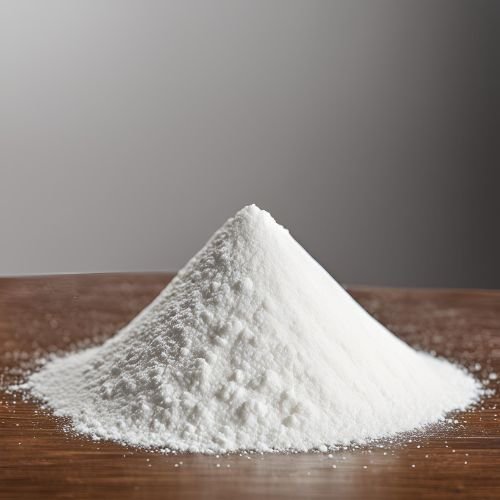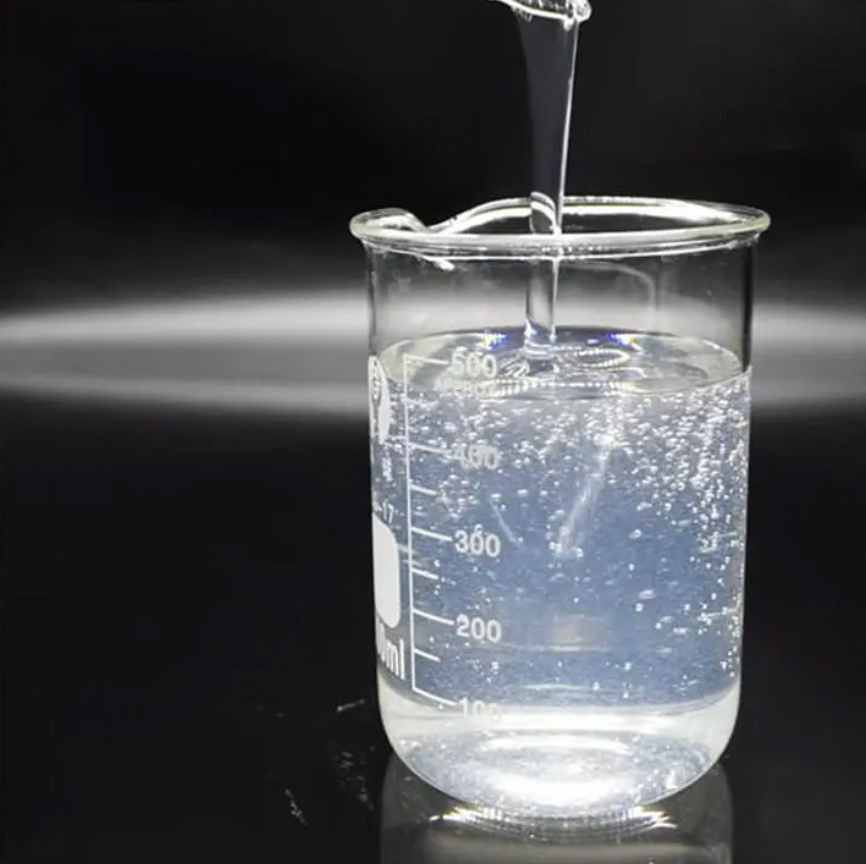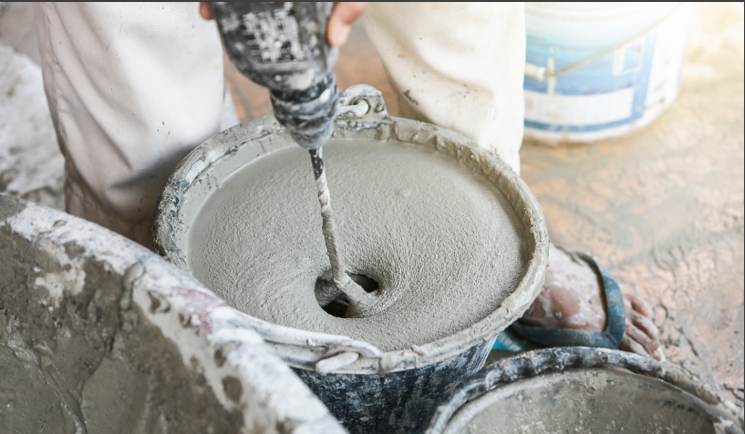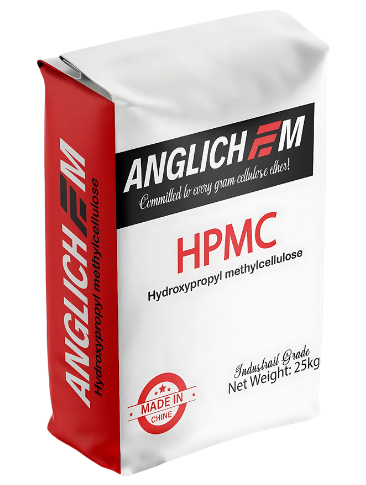Construction Cellolose Ether Factory
SELECTED HIGH QUALITY COTTON SEEDS, QUALITY GUARANTEED

- Wholesale HPMC Just in One Place – The Ultimate Solutions
- What is HPMC ?
- Advantages of Ball HPMC
- HPMC Specification
- Our HPMC Improve Effects at Various Scenarios
- HPMC Production Process
- Superior HPMC: Quality You Can Trust
- How to Select the Ideal HPMC for Your Building Materials?
- Frequently Asked Questions
- In Summary
- Elevate Your Brand with Superior HPMC Solutions!
Chapter 1

Chapter 2
Chapter 3
| Item | HPMC Specification |
| Appearance | White or off-white powder |
| Fineness / %≤ | 8.0 |
| Dry Weight Loss / %≤ | 6.0 |
| Sulfate Ash Content / %≤ | 2.5 |
| Viscosity / mPa.s | 400mPa.s–200000mPa.s |
| pH Value | 5.0-9.0 |
| Transmittance / %≥ | 80 |
| Gel Temperature / ℃ | 70.0±3 |
| Methoxyl Content % | 19.0-24.0 |
| Hydroxypropyl Content % | 4.0-12.0 |
product type: low viscosity, high viscosity, hot soluble type, instant soluble type
Chapter 4
Our HPMC Improve Effects at Various Scenarios
Chapter 5
HPMC Production Process
⁄01
Raw Material Preparation
Refined Cotton: Crushed in a closed pulverizer, recovered via a cyclone separator, and accurately weighed. Dust emissions are filtered through a bag filter.
Sodium Hydroxide Solution: Prepared at 50-60% concentration, heated to 80°C, then cooled to 36-40°C for use.
Methyl Chloride: Pumped into high-level metering tanks (purity ≥99.5%).
Propylene Oxide: Pumped into high-level metering tanks (purity ≥99.5%).
Hot Water: Cold water heated to 95-100°C, used in the reaction kettle.
⁄02
Cellulose Preparation
Loading the Reactor: Refined cotton powder added to a 15m³ reactor, vacuum-sealed to -0.098MPa.
Alkali Addition: Alkali solution sprayed into the reactor, ensuring thorough mixing with the cotton powder.
Methyl Chloride Addition: Added and condensed, maintaining reactor temperature at 30-40°C for 10 minutes.
Propylene Oxide Addition: Added under cooling and stirring for 5-15 minutes.
Heating Phase: Reactor temperature increased to 50±2°C and pressure to 1.0-1.1MPa for 1.5 hours, then to 68°C and pressure to 1.7-1.75MPa for 2 hours.
⁄03
Gas Phase Recovery
Primary Recovery: Gas transferred to a condenser and stored.
Hot Water Addition: 2m³ of hot water added, followed by a second gas recovery.
Distillation: Methyl chloride distilled, purified, and reused; non-condensable gases treated with activated carbon.
⁄04
Neutralization and Washing
Steam is introduced into the reactor to pressurize it to ≥0.2MPa. The material is transferred to a neutralization kettle, where hot water (approximately 3m³) and hydrochloric acid are added to adjust the pH. This process mainly produces wastewater containing chlorides, COD, BOD5, and SS.
⁄05
Centrifugation
Washed cellulose is transferred to a centrifuge for solid-liquid separation. The solid is sent to the drying process, producing wastewater containing chlorides, COD, BOD5, and SS.
⁄06
Drying
The cellulose is air-dried and pulverized to achieve the desired particle size. Dust-laden exhaust gases are treated with a bag filter before being discharged.
Chapter 6
Chapter 7

Chapter 8
Frequently Asked Questions
Find answers to commonly asked questions about our products and services.






